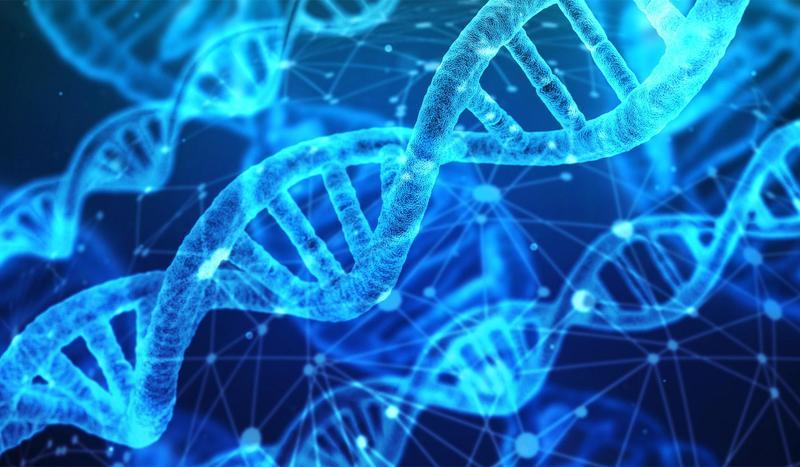The Facts and Fiction of Cloning
The Facts and Fiction of Cloning
The Scientific Explanation of Cloning
Cloning. Like never before, the word mixes feeling and triggers banter, as what was once sci-fi becomes logical certainty. Do we have anything to acquire, or to lose, from their proceeds with endeavours?
Unexpectedly, specialists have effectively cloned a human incipient organism - and have extricated undifferentiated cells, the lifting weights blocks, from the undeveloped organism. Immature microorganisms are viewed as probably the best except restoring illnesses like diabetes, Parkinson’s infection, and loss of motion brought about by spinal rope injury.
What Is Cloning?
Before you choose where you remain in this discussion, you’ll need to comprehend where science is today. To place everything in context, WebMD requested that some famous researchers clarify exactly what cloning is and what it isn’t. Well, known portrayals - from the unpropitious crowds of specialist drones in the advanced novel Brave New World to Michael Keaton’s comic efficient copies in the film Multiplicity - have basically nothing to do with the real world.
“Clones are hereditarily indistinguishable people,” says Harry Griffin, PhD. “Twins are clones.” Griffin is an associate overseer of the Roslin Institute - the lab in Edinburgh, Scotland, where Dolly the cloned sheep was made in 1997.
Typically, after sperm and egg meet, the prepared cell starts separating. Staying in a bunch, the one gets two, at that point four, eight, 16, etc. These cells become progressively specific to a specific capacity and coordinate into organs and frameworks. In the end, it’s an infant.
At times, however, after the main division, the two cells split apart. They keep isolating independently, developing to become two people with precisely the same hereditary make-up - indistinguishable twins, or clones. This wonder, however not totally comprehended, is a long way from surprising. We’ve all known indistinguishable twins.
From the get-go, says Griffin, the term cloning alluded to undeveloped organism parting - doing in the lab what occurs in the lady’s body to make indistinguishable twins. “It was first done in cows, yet there are a couple of human models.” Those human undeveloped organisms were rarely embedded, he says. “Twins were not purposely made, however they unquestionably could be.”
At the point when we talk about cloning these days, in any case, we’re alluding not to incipient organism parting, but rather to a cycle called the atomic exchange. “The significance is that with an atomic exchange, you can duplicate a current individual, and that is the reason there’s debate,” says Griffin.
Be the first to post a message!
